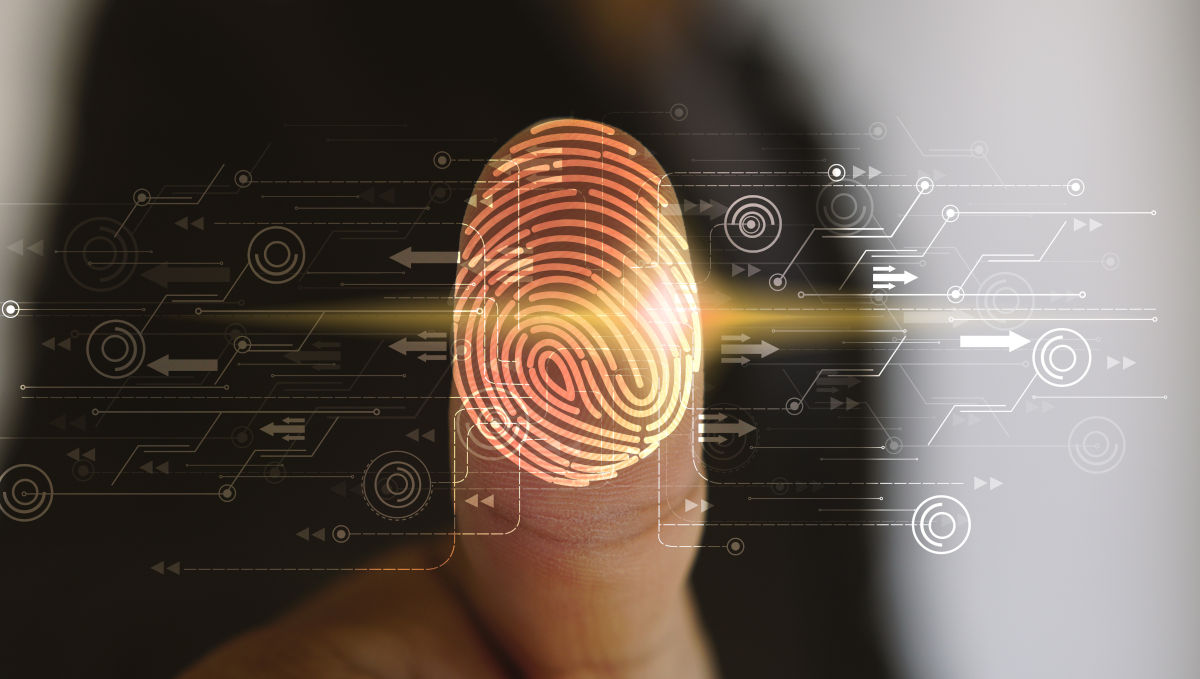Thought Leadership
The Benefits of Multi-Factor Authentication for the Remote Workforce

In this day and age, it’s more important than ever to ensure employees can access company resources in a timely manner. Meanwhile, businesses have a duty to protect every access point. By implementing Multi-Factor Authentication, organizations can put an authentication solution in place that only provides access to those who can verify their credentials.
If your organization is not currently using MFA, it’s time to consider the benefits of going beyond just a username and password.
Implementing Multi-Factor Authentication
With more employees than ever before working from home, increasingly unique issues are presenting themselves to IT teams everywhere. More applications and devices are in use, and the visibility into potential threats isn’t always clear, particularly when the end user may be on an unsecured home network.
When MFA is in place, even if an attacker gains access to credentials, they are unable to go any further without verification. Outdated hardware and manual authentication leaves employees frustrated and confused. Implementing MFA is easy, because users typically already have access to the tools needed to secure the access point.
Entering a username and password for an application or certain resource was, at one time, good enough. Now, with users logging in from anywhere, MFA can add that needed layer of extra security. Often when utilizing MFA, the username and password must be joined by a security code sent to a phone or e-mail address, or perhaps a fingerprint or scan of facial features. By verifying the user before providing access, organizations don’t have to rely solely on passwords, which can be susceptible to phishing, social engineering, and other related attacks.
Adding on MFA helps to protect access points, be it a VPN, SaaS app such as Office 365 or Salesforce, or other important business resource. There are even different MFA methods that can be implemented across the organization.
MFA: Finding the Best Fit for Your Organization
Multi-factor authentication provides flexibility for employees, whether in the office or working remotely.
With two-factor authentication (2FA), a password is combined with another step, such as a passcode or a fingerprint swipe. While 2FA is a great starting place for many organizations, it can be limited; it may not fill the needs of users in different locations while taking into account the various personal devices in use.
Contextual authentication is another form of MFA. It takes into account various factors such as IP address, time of day, location, and device. For IT teams, it provides a better idea of log-ins, when they occur, and why they occur, so stronger MFA requirements can be put in place when needed. This kind of authentication learns patterns over time, so when a suspicious log-in is detected, an employee must authenticate to gain access.
There’s even the possibility of password-free authentication. At least two factors of authentication are required, but no password is entered. For instance, a passcode and a fingerprint is required for log-in. It’s still MFA, but makes things easier for the end user; they don’t have to remember a password.
From applications to devices to workstations, enabling MFA allows you to secure any log-in from anywhere. Thrive will help design MFA solutions that work for your needs, so the entire organization benefits.
